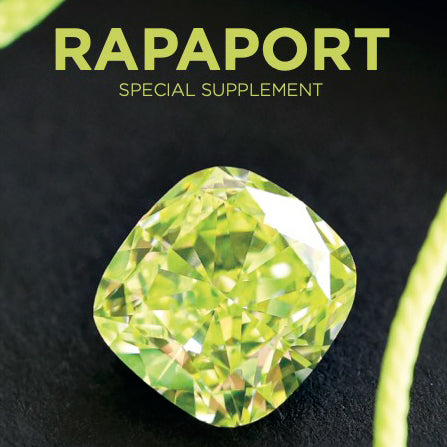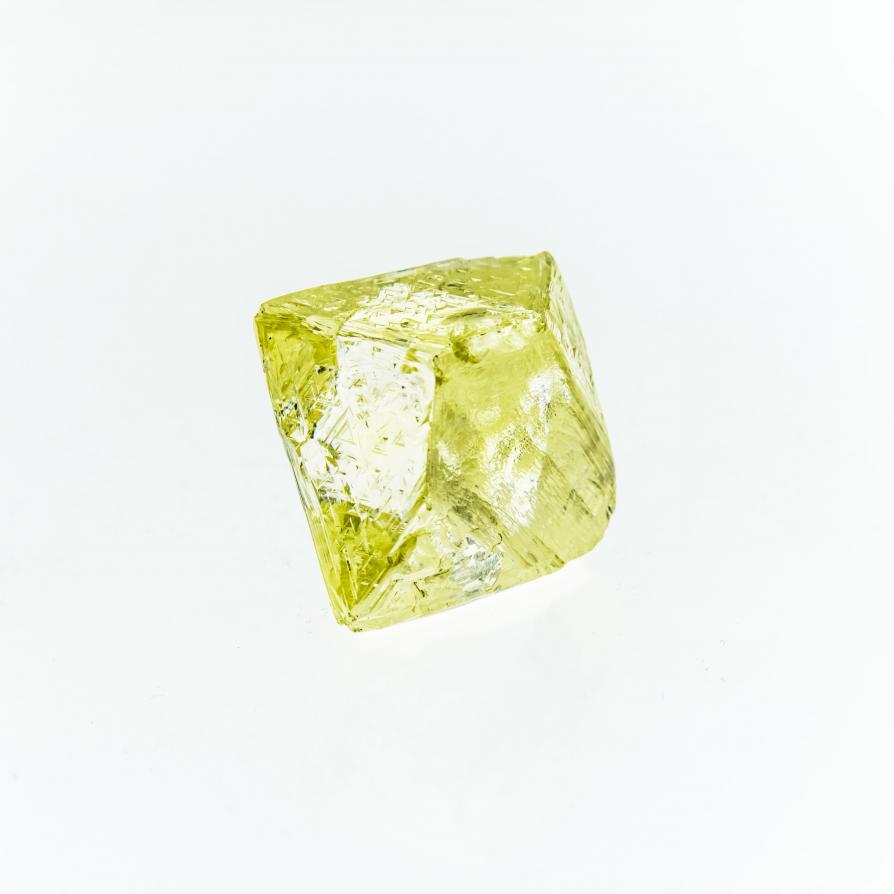


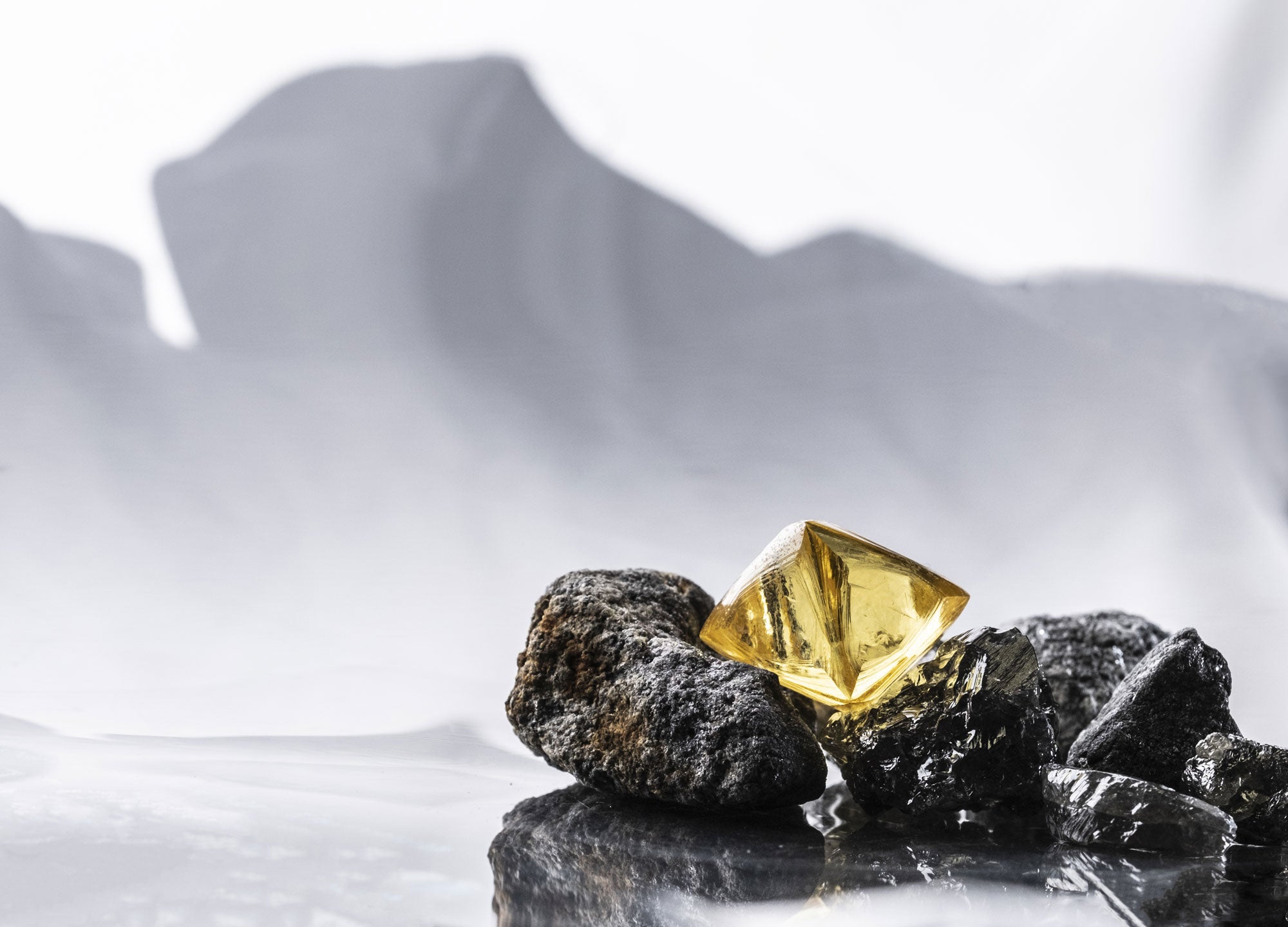
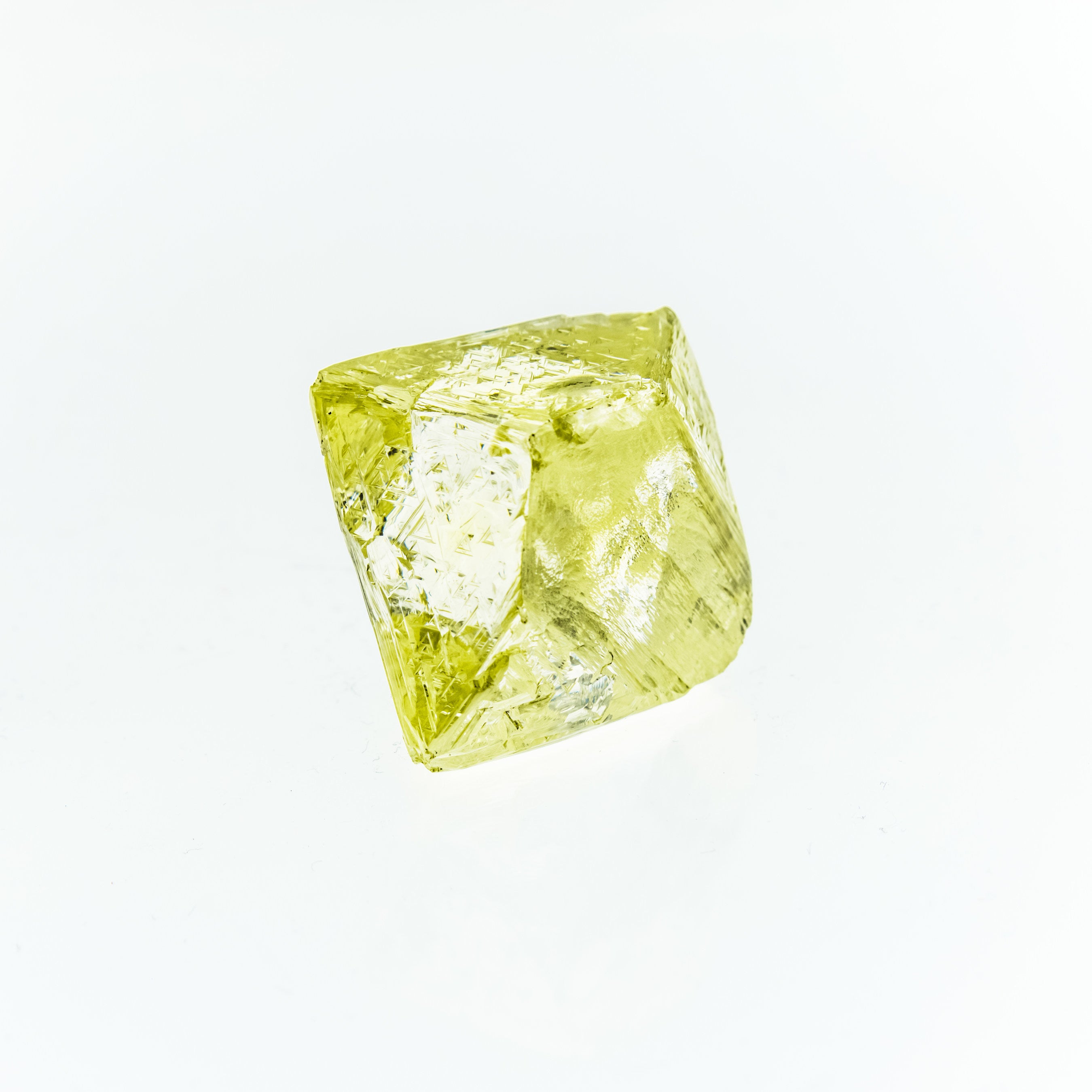

Diamonds are Geologist's Best Friend
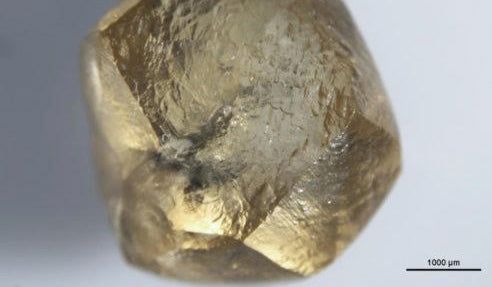
[Carnegie Institution for Science] New research by the GIA, the University of Alberta, the NSF, and the Carnegie institution, led by Karen V. Smit, Steven B. Shirey, Erik H. Hauri and Richard A. Stern reveals that mineral inclusions in rare diamonds have provided clues to when their continents of origin were formed. "Diamonds may be beloved by jewelry collectors, but they are truly a geologist's best friend. Because they originate deep inside the Earth, tiny mineral grains trapped inside of a diamond, often considered undesirable in the gem trade, can reveal details about the conditions under which it formed.In this way, diamonds act as mineralogical emissaries from the Earth's depths," explaines Carnegie co-author Steve Shirey. The research shows that sulfide inclusions in diamonds are a powerful tool to investigate continent construction processes. “We’ve found a way to use traces of sulfur from ancient volcanoes that made its way into the mantle and eventually into diamonds to provide evidence for one particular process of continent building,” explained Karen Smit of the GIA. The longevity of Earth’s continents in the face of destructive tectonic activity is an essential geologic backdrop for the emergence of life on our planet and their work has demonstrated that diamonds can be used to reveal how a buoyant section of mantle beneath some of the continents became thick enough to provide long-term stability.

Pictures: Image of diamonds from Sierra Leone with sulfur-containing mineral inclusions courtesy of the Gemological Institute of America. Image of white diamond with inclusions courtesy of Carnegie Institution for Science
For more information please read further: https://carnegiescience.edu






